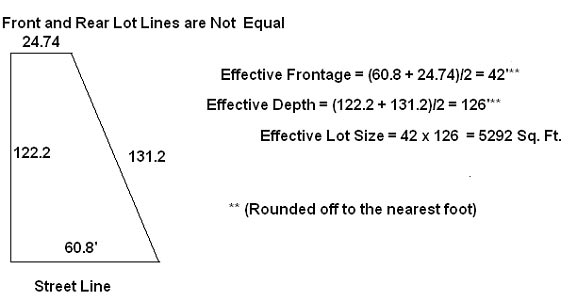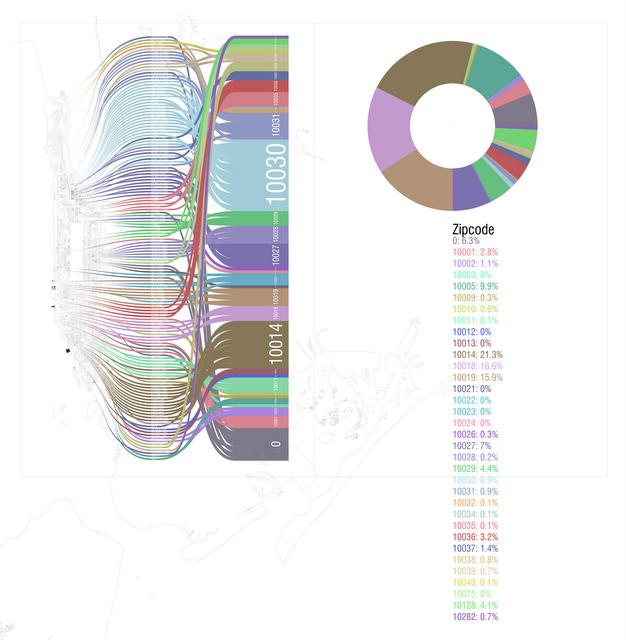2 Lots Equals How Many Square Feet
2 Lots Equals How Many Square Feet 6,0/10 5213 votes
››Convert acre to square foot
Please enable Javascript to usethe unit converter.
Note you can turn off most ads here:
https://www.convertunits.com/contact/remove-some-ads.php
363 yards multiplied by 9 square feet per square yard equals 3,267 square feet. Math and Arithmetic Area Lawn Care Century - 1800s Law & Legal Issues Length and Distance Units of Measure Flooring. $$1,ft^2 = 144,in^2 = 0.111,yd^2 = 929,cm^2= 0.0929,m^2$$ In addition, the price per unit volume can also be given in pallets, rolls and acres. The calculator does the following conversions for you.
2 Lots Equals How Many Square Feet Equals
| Did you mean to convert | acre acre [commercial] acre [Ireland] acre [survey] | to | square foot square foot [survey] |
How many acres are in 7,500 square feet? What is 7,500 square feet converted to acres? Use the calculator above to convert between square feet and acres. Type in 7500.5 for 7500 and a half, 7500.25 for 7500 and a quarter, 7500.75 for 7500 and three quarters, etc. Use our square footage calculator to calculate the area in square feet, square yardage, square inch, acre or section. Definition of a square calculator. A square footage calculator is an automated program used to calculate the number of square feet of a given area. Square footage is calculated by multiplying width by length or width by height.
››More information from the unit converter
How many acre in 1 square feet?The answer is 2.2956841138659E-5.
We assume you are converting between acre and square foot.
You can view more details on each measurement unit:
acre orsquare feet
The SI derived unit for area is the square meter.
1 square meter is equal to 0.00024710538146717 acre, or 10.76391041671 square feet.
Note that rounding errors may occur, so always check the results.
Use this page to learn how to convert between acres and square feet.
Type in your own numbers in the form to convert the units!
››Quick conversion chart of acre to square feet
1 acre to square feet = 43560 square feet
2 acre to square feet = 87120 square feet
3 acre to square feet = 130680 square feet
4 acre to square feet = 174240 square feet
5 acre to square feet = 217800 square feet
6 acre to square feet = 261360 square feet
7 acre to square feet = 304920 square feet
8 acre to square feet = 348480 square feet
9 acre to square feet = 392040 square feet
10 acre to square feet = 435600 square feet
››Want other units?
You can do the reverse unit conversion fromsquare feet to acre, or enter any two units below:
››Common area conversions
acre to square mile
acre to are
acre to square furlong
acre to square hectometer
acre to decare
acre to square micromicron
acre to tsubo
acre to perche
acre to tunnland
acre to township

››Definition: Acre
An acre is a measure of land area in Imperial units or U.S. customary units. It is equal to 43 560 square feet, 4840 square yards, or 160 square rods. The precise meaning of this depends on the exact definition adopted for a foot: the international acre is 4 046.856 422 4 m² (for the UK, see). For measurements based specifically on the US survey foot the US survey acre is ca. 4 046.872 610 m².
››Definition: Square foot
A square foot is by definition the area enclosed by a square with sides each 1 foot long. One square foot is equal to 0.09290304 square metres for the international, English foot.

››Metric conversions and more
ConvertUnits.com provides an onlineconversion calculator for all types of measurement units.You can find metric conversion tables for SI units, as wellas English units, currency, and other data. Type in unitsymbols, abbreviations, or full names for units of length,area, mass, pressure, and other types. Examples include mm,inch, 100 kg, US fluid ounce, 6'3', 10 stone 4, cubic cm,metres squared, grams, moles, feet per second, and many more!
Circular Calculations
How Much Material Do You Need?
For estimating quantity needed for irregular areas break the area up into smaller workable shapes. Measure each of them and assign them a letter. Calculate square feet for each and add the square footage together to figure total needed.
Rectangle
- Measure Length and Width (in feet)
- Length x Width = square feet
- Determine desired depth of material (see recommended depths and chart below)
- Square feet divided by sq. ft. per yard (from chart) = cubic yards needed
- Example: A rectangular area 16 feet long by 10 feet wide and you want 4 inches deep of stone.
- Calculations:
- 16 x 10 = 160 square feet
- 160 divided by 81 = 2 cubic yards (81 comes from the chart, 81 is how many square feet 1 cubic yard covers at a 4 inch depth)
Triangle
- Measure length and width of 2 sides
- Length x Width x 0.5 = square feet
- Square feet divided by sq. ft. per yard (from chart) = cubic yards needed
- Example: Given a triangle are where one side is 40 feet long, one side is 10 feet long and you want 4 inches deep of mulch or stone
- Calculations:
- 40 x 10 x 0.5 = 200 square feet
- 200 divided by 81 = 2.5 cubic yards (81 comes from the chart)
Circle
- Determine radius (1/2 distance of diameter or distance across)
- Formula: Radius x Radius x 3.14 = square feet
- Square feet divided by sq. ft. per yard (from chart) = cubic yards needed
- Example: Given a circle 30 feet across (15 ft radius) and you want 3 inches deep
- Calculations:
- 15 x 15 x 3.14 = 706.5 square feet
- 706.5 divided by 108 = 6.5 cubic yards
Conversion Chart – Square Feet to Cubic Yards
Converts square feet to cubic yards 1 cubic yard will cover the following amount of square feet at the given depth.
- 1/4” deep 1296 square feet
- 1” deep 324 square feet
- 2” deep 162 square feet
- 3” deep 108 square feet
- 4” deep 81 square feet
- 6” deep 54 square feet
- 12” deep 27 square feet
Recommended Depth of Materials

- Bark Mulches 3”
- Stone less than 1' diameter 3'
- 1-1 1/2' Riverstone 4'
- Soil for Lush Lawns 4+'
- Garden Soil in Flower Beds 6-12'
- Lawn topdressing 1/4'
- Pathways 4'
Volume Fun Facts
- There are 54 50lb bags of stone or sand per cubic yard.
- 27 cubic feet equal 1 cubic yard (3'L x 3'W x 3'H).
- Soil weighs about 2,200 lbs per cubic yard.
- Stone weighs about 2,700 lbs per cubic yard.
- Mulch weighs 250-750 lbs per cubic yard.
- Full size pick-up with 8’ box a heaping load is 3 cubic yards.
- Small size pick-up heaping load is 1 ½ cubic yards.
- Typically a full size truck can take ½ - 1 cubic yard stone or soil.
- Typically a small pickup truck can take ⅓ - ½ cubic yard stone or soil.
- 7 to 12 wheel barrow loads in 1 cubic yard.
- When topdressing previously mulched beds you only need to add enough mulch to existing bed to get a total of 3'.
- Installing less than the recommended amounts of stone can result in OK short term appearance but after a few years the stones somehow disappear and the ground reappears.
Bags or Bulk

- Try to make an educated guess of quantity needed using the formulas. If you are still unsure how much bagged or bulk material to get provide the measurements to the KLS staff and they can help you estimate.
- There are 54 bags of stone or soil per 1 cubic yard.
- There are 27 1 cubic foot bags or 18 1.5 cubic foot bags of mulch per yard.
- Consider a ½ cubic foot bag of stone or soil weighs about 50 lbs and will cover 2 square feet at 3' deep. A bag of hardwood or cedar bark contains about 1 cubic foot of material, enough to cover about 4 square feet at 3' deep. If you have large areas you probably need bulk.
- A less expensive alternative to buying in bags is to bring in and fill up your own containers with bulk materials.
- If you are dressing up a small area maybe bags are best if you do not have a way to haul bulk material.
- Mulch purchased by the bag is about 2 or 3 times more costly than bulk.
- Stone purchased by the bag is about 3 or 4 times more costly than bulk.
- Soil purchased by the bag is about 4 or 5 times more costly than bulk.
Tips for moving bulk material
- When shoveling heavy materials, using more small shovelfuls is easier on your body than using fewer but larger shovelfuls.
- Think about where you are hanging onto your shovel, the closer your hand is to the weight the easier the less effort it takes.
- Make sure to maintain good posture, minimize heavy work with bent over back, maximize use of your legs.
- Work at a good pace, do not dwell on how much you still need to move. Try to focus on how much material you already moved, how good it is going to look after your done and how much money you are saving by doing it yourself.
- What a great time to have friends, and family over!
What Does a Cubic Yard Look Like?
Below are some pile samples to give you an idea of how large piles are for a given quantity of material. The volume of a pile of soil, stone or mulch will be the same. However, a pile of Riverstone may look different from the pile of cedar mulch because it will likely be a lower, wider and longer pile because the round stones spread out farther when dumped.
The sample piles show Tim who is 6’ tall and is holding a yardstick.
2 Cubic Yards
2 Lots Equals How Many Square Feet Meter
8 Cubic Yards